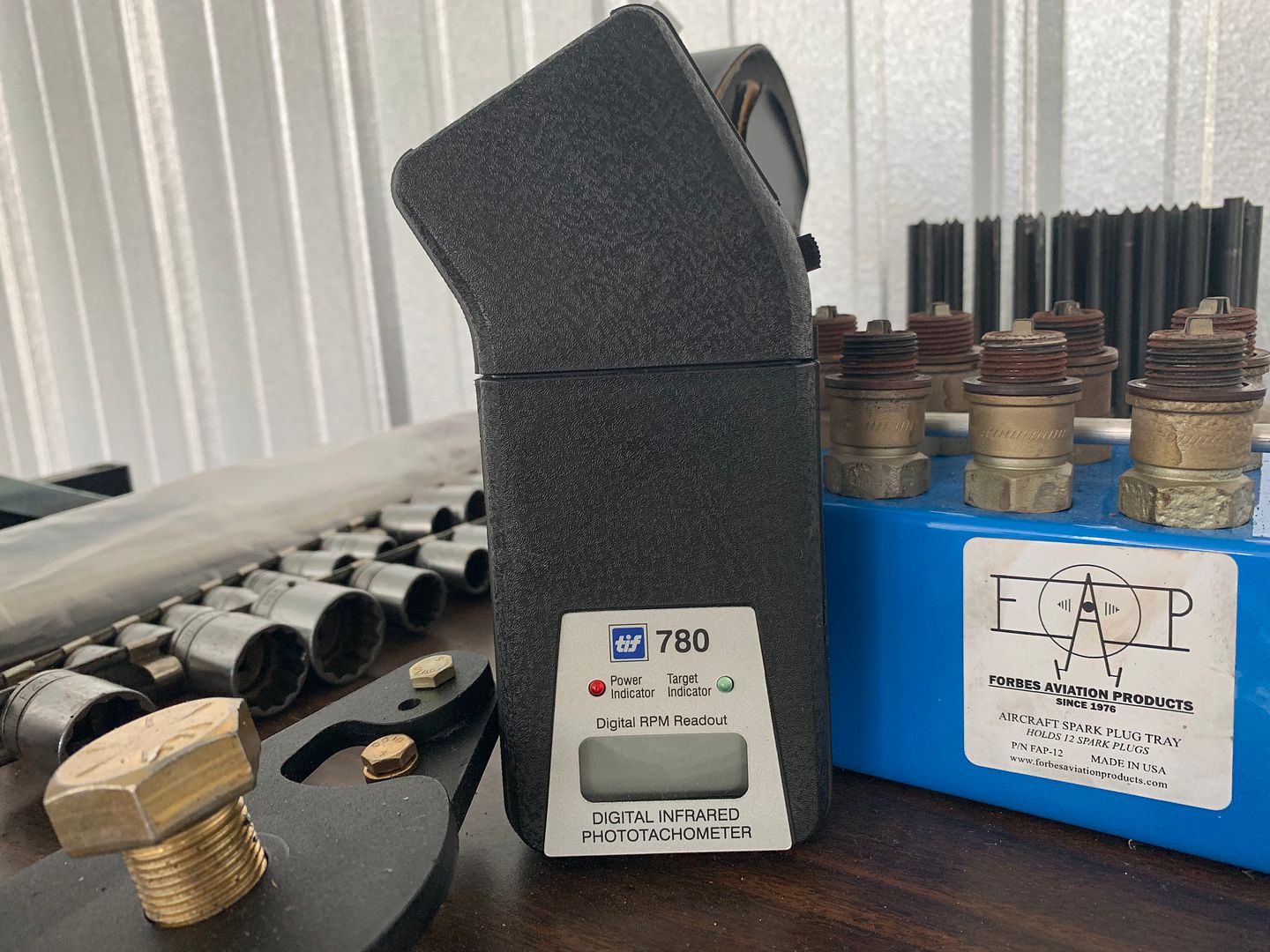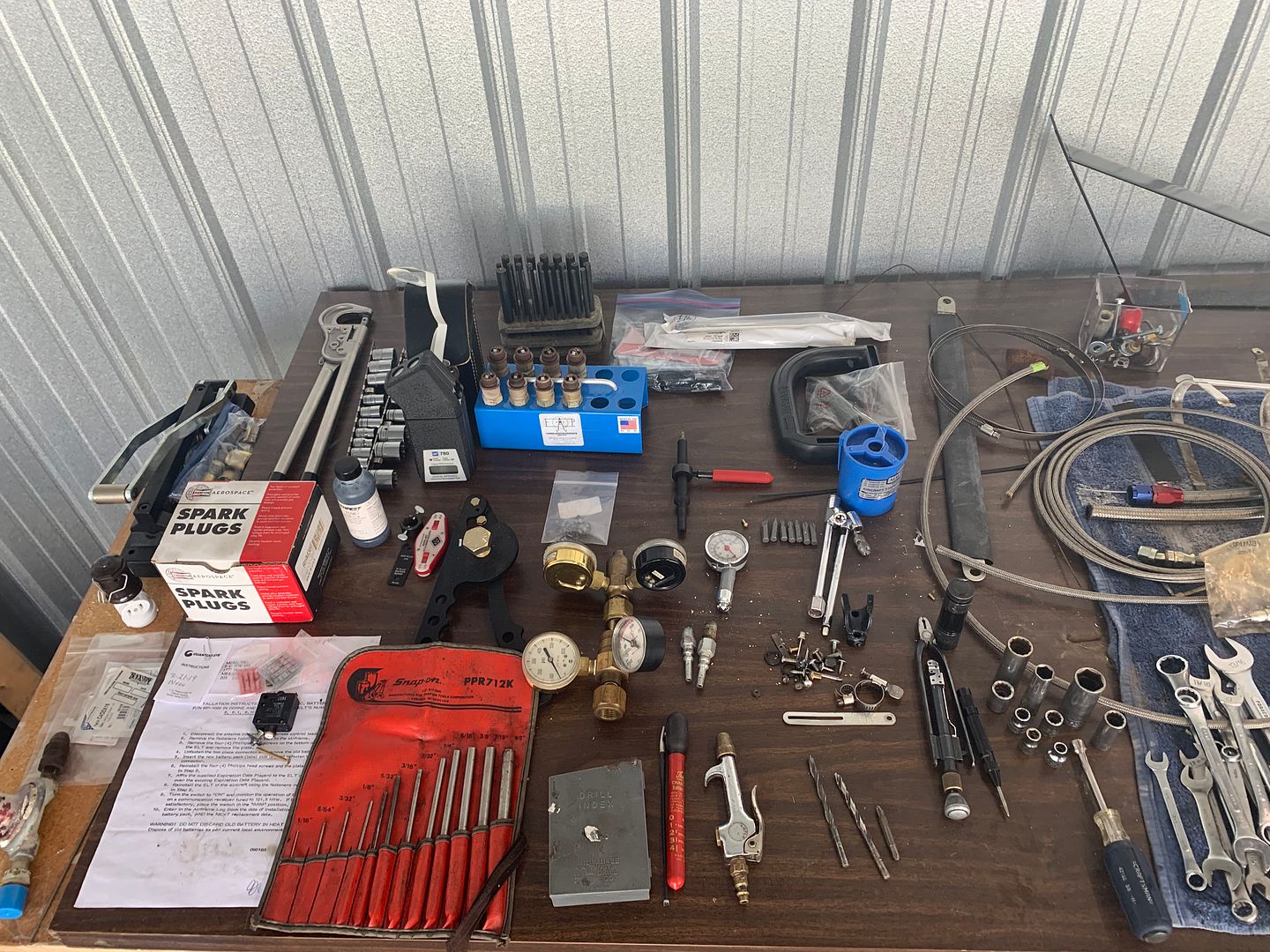Piper Arrow has a constant speed prop. The limiting factor on RPM is the prop governor. The mechanic may have adjusted your governor, using his tachometer, and it disagrees with your two unmatched RPM readings. Now you seem to have three tachometers , and only one, or none, are precisely accurate.
If your airport has sodium vapor flood lights, they flicker at 120 cycles per second, or 7200 per minute. Park your Arrow facing AWAY from a light, chock the wheels, and run the engine with the propeller control set at max. With manifold pressure (the throttle) increase to 1800 RPM, and the image should be stationary. Adjust until it is, and write down the REAL tach reading which is 1800 true RPM. Now increase to 2400 RPM, and the prop should appear stationary again, adjust until it is if stationary, and record the actual indication of your tach at 2400 RPM.
At 1200 RPM, ther3 will be a stationary prop, and at 1600, a stationary image with more the prop lit at two different places.
You can now use proportion to calculate what your tach reads when the engine really IS at 2600 RPM.
Make a placard if appropriate.
This is the easiest and cheapest way to get a precise test of tachometer accuracy, and the light frequency is within less than one hundredth of one percent, on a bad day.
Neon, and most LED lights have a flicker synchronous with the power system, and will give similar results.


